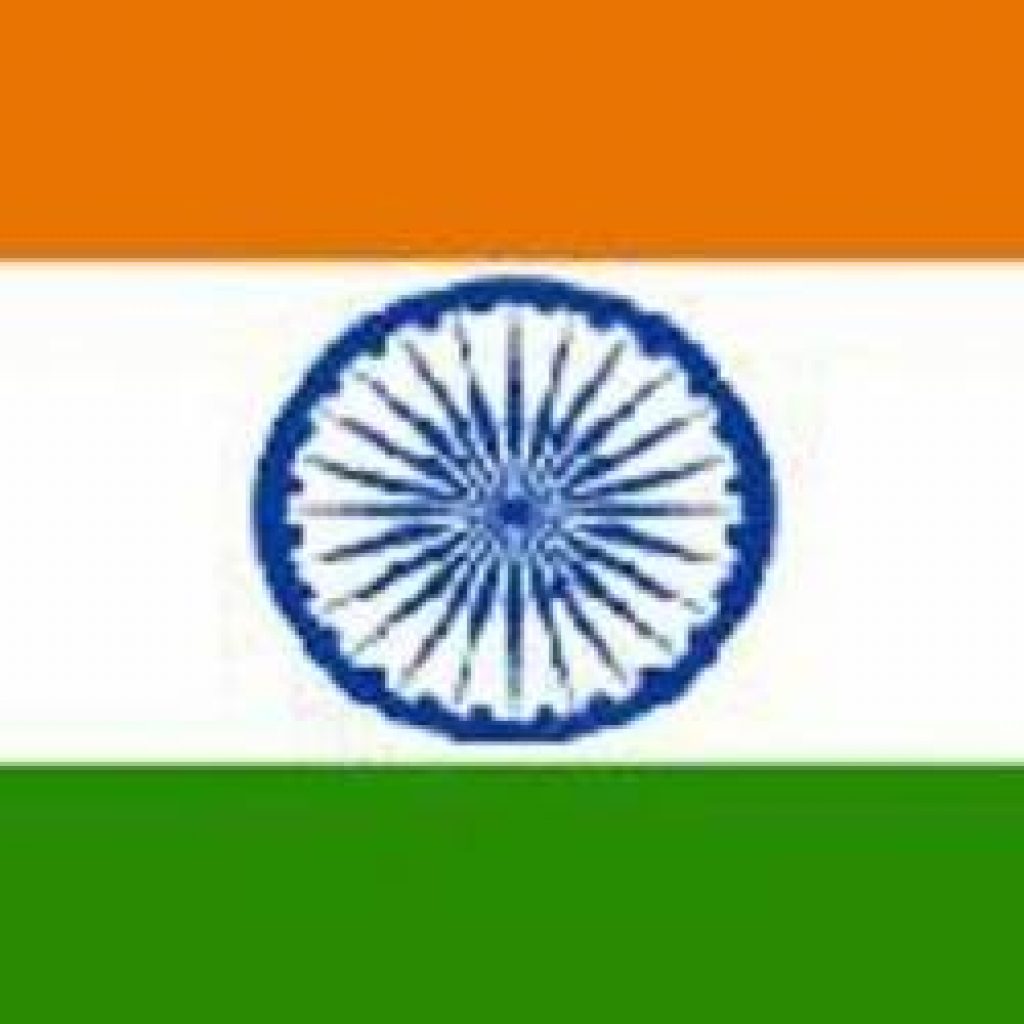(Swarajya) Prachi Mishra, a tech policy fellow at U of Chicago, is the author of this article suggesting that India may lean on its heritage in mathematics, linguistics, and coding to catch up in the race to gain supremacy in quantum computing. IQT-News summarizes below.
What’s the undeniable link between modern-day quantum computing, Srinivasa Ramanujan’s mathematical brilliance, and Vedic scholar Vatsyayana?
Unravelling this deep link may provide a clue to Indian quantum thrust, even as China and the United States (US) battle it out for supremacy, bit by bit, all the way.
At a time when cyber wars and cyber security are the buzzwords, India’s itihasa of protecting information may provide the basis for our policy formulation and has a fighting chance to take on the quantum biggies globally.
One of the earliest mentions of a substitution cipher, the basic tenet of encryption and decryption techniques, can be traced to Vatsyayana, the Vedic scholar from the fourth century AD, who laid down the popularly-known mlecchita vikalpa. This technique was known only to amorous partners for the exchange of information in full secrecy. It is also regarded as the oldest form of encoding and decoding information, popular as the Kama Sutra cipher code.
At the heart of cryptography is a branch of mathematics called ‘number theory’ (sankhya siddhanta). It has its roots in the work of eminent mathematicians from ancient India, like Hemachandra, Brahmagupta, Aryabhatta, Pingala, and Panini. Sages and poets in ancient India developed mathematical and numerical knowledge to write poetry, compose music, and study all aspects of human existence. The concept of shunya or zero, for instance, can be traced to Aryabhatiya, a timeless mathematical and astronomical treatise by Aryabhatta, written around 500 CE.
Jain scholar Hemachandra wrote about a numerical series that later came to be known by the name of Italian mathematician Fibonacci. In 628 CE, Brahmagupta expounded on negative and positive numbers, the computation of square roots, and developed algebraic notations to solve quadratic equations. All of these mathematical concepts have led to computational advances in modern times.
As Western countries and China make strides in quantum technologies, it would be useful for India to revisit Ramanujan’s mathematical concepts to catch up in quantum computing.
As quantum computers evolve to compromise encryption, the only way to counter it is to build quantum-resistant encryption standards. Alternatively, building on quantum principles, like entanglement and superposition, to develop encryption algorithms is another way.
the former uses Ramanujan graphs for post-quantum cryptography. This can further be deployed to develop algorithms using classical computers.
In the last few decades, cryptology enthusiasts have applied number theory to fathom the depths of Ramanujan graphs. These are mathematical functions that have gained prominence for two major reasons: first, they have solved long-standing external problems in the field of communication and, secondly, for their aesthetic.
Researchers around the world are working on Ramanujan graphs for post-quantum cryptography; that is, developing this set of mathematical functions to roll out mechanisms in order to safeguard data and information from quantum-led cyber attacks. This can be achieved as India’s pursuit of developing quantum computers continues in parallel.
For countries like India that have just entered the race to quantum supremacy, a colossal amount of effort and investment will be necessary to compete with the US and China, which have already invested heavily in this frontier technology.
Turning to her classics and her rich history in mathematics, linguistics, and poetic traditions may prove to be a clincher for India in building systems that can protect information, safeguard the privacy of her citizens, and find ways to uphold national security.
https://swarajyamag.com/science/india-can-turn-to-her-past-for-her-quantum-computing-charge
Sandra K. Helsel, Ph.D. has been researching and reporting on frontier technologies since 1990. She has her Ph.D. from the University of Arizona.
